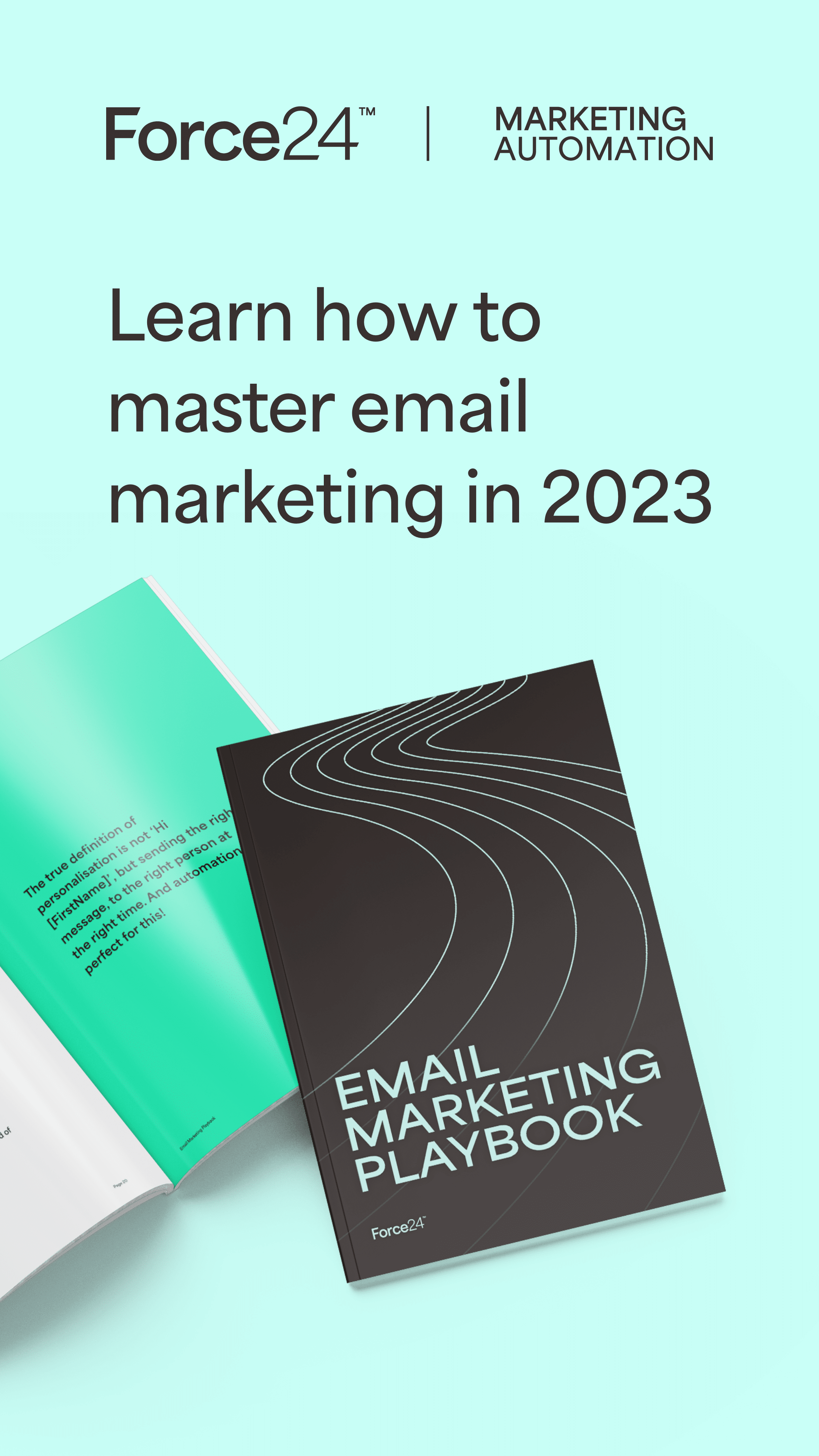Reward, reward, reward: How to keep your customers coming back
Jurgen Ketel, Managing Director EMEA, Givex says brands need to look at their current clientele and figure out ways to hold on to them…
Despite efforts to keep it alive, the high street is struggling. Forever 21 is the most recent chain to collapse, and with over 800 stores worldwide, it’s a big loss. Even though it pulled in over half a million sales in its first year, the company revealed that it will close 350 stores, while filing for bankruptcy.
Its demise can be blamed on a few things, like the rise of ecommerce and increasing rental costs, but the fact of the matter is that there are a number of concerns about the industry as a whole. And while these problems continue, brands need to look at their current clientele and figure out ways to hold on to them.
Customer loyalty becomes top priority
According to Adobe, repeat customers buy nearly 30% more than first-time shoppers and the top 10% of customers spend around three times more per order than the average shopper. When you see the numbers laid out so clearly, encouraging customer loyalty becomes a top priority.
Loyalty and rewards programs are the traditional methods of keeping customers. When done well, they can produce great results. But they aren’t that simple – basic, impersonalised offers and discounts just don’t do it anymore. Instead, consumers have come to expect so much more – but if you can get it right, the ROI makes it worthwhile.
So, how can you make your loyalty scheme stand out, and what should you avoid?
Tailor your messaging
Customers are more inclined to keep purchasing from you if you’re presenting them with relevant offers. In order to do so, you need to collect relevant information on their identities, preferences, behaviours, and shopping habits. This is virtually impossible to do manually, which is why many companies have loyalty card schemes. Digitally enhanced loyalty programmes will automatically collect and analyse this data: developing a comprehensive purchase history that will allow you to optimise offers to meet the particular needs of your customers.
Automated analysis of this information allows you to create offers that suit your customers’ immediate and longer-term needs. For example, if you’re running a restaurant, and you have data that shows a customer regularly buys a certain menu item, you can entice back into the restaurant with a 25% discount on their favourite dish or a two-for-one offer, allowing them to bring a friend.
Implement the right technology
Modern customers don’t have the patience for the low-tech, low reward loyalty programmes. Simply put, they’ve come to expect more – delivery apps and other online retail Goliaths provide a highly personalised, automated service that is incredibly easy to use. As a result, their expectations have increased and they assume that level of service elsewhere.
The good news is that the technology exists for small companies to adopt quickly and easily, that puts them on a level playing field. Now, you can create a mobile app or website that directly links to your loyalty card and allows your customers to easily find the information they need, the points/cash total they’ve accumulated, complete transactions, and more. And you can create a consistent experience across all touchpoints, so customers get the same experience whether they’re shopping online or in-store.
 Reward for engagement
Reward for engagement
If your company is measuring engagement on social platforms, then it should be rewarding for it too. Any customer that interacts with your brand, by sharing a post on social media, referring new customers or writing a review, should get points or discounts for it. Often, you’ll find that it’s this type of gesture that encourages your customers to choose you over your competitors, over and above pricing.
Make it simple – for your customers and for you
There’s little point in offering the best discounts, perks and loyalty points if they’re difficult to obtain. Simply put, customers aren’t going to think it’s worth it. If they can’t realistically attain what they want, they’re unlikely to come back.
Make it easy by providing options. Customers should get small rewards for small purchases and vice versa. They should also be able to save up their points or use them easily. And they should be able to see how many points they have at the click of a button – and convert them into real value easily, too.
The best reward programs are the ones that have customer behaviour in mind. You need to capture their data to understand how they’re shopping and what they want from you to then make the best loyalty programme that you can. If it taps into their shopping habits and respects their boundaries, it will succeed.
